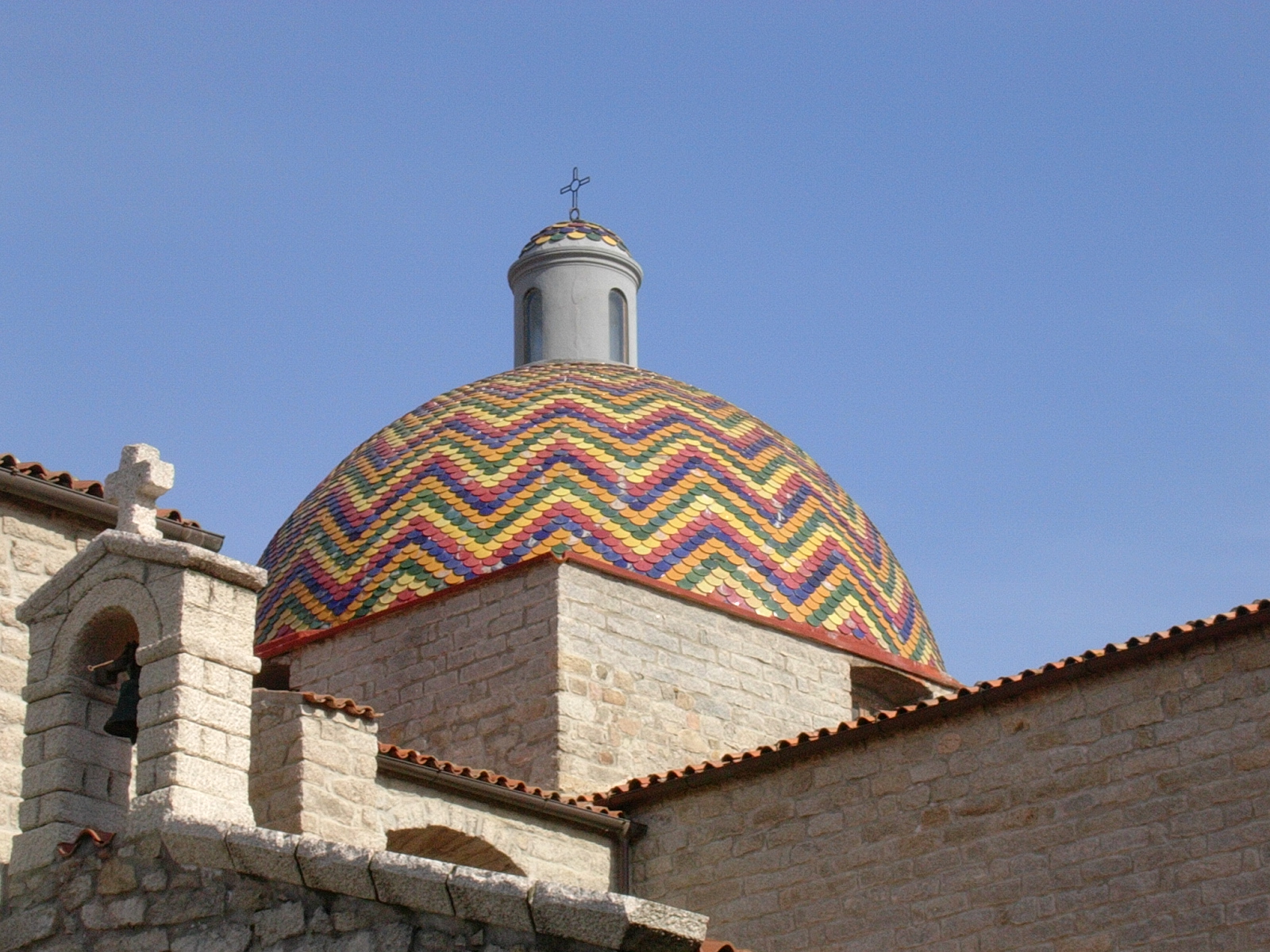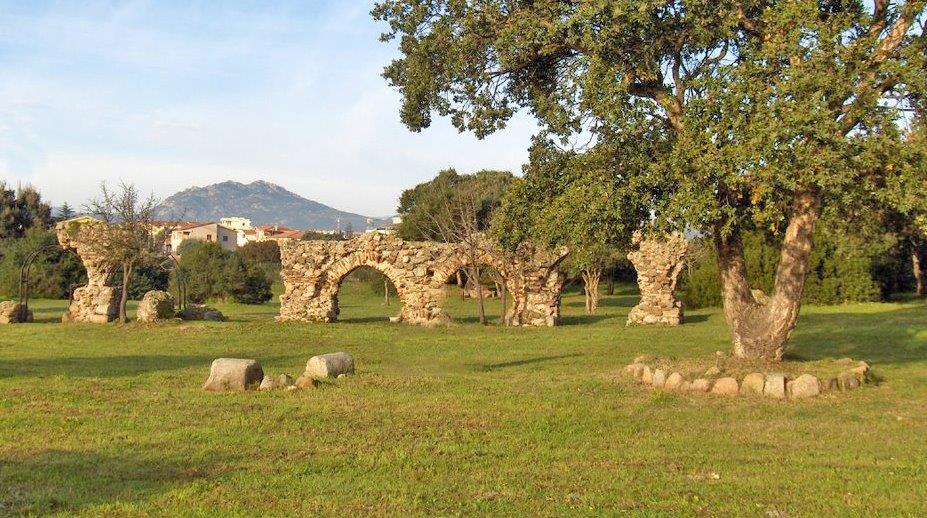The city of
Olbia is located in the north-eastern coast of Sardinia, in the innermost part of the homonymous gulf, in front of the little island of
Tavolara . It is one of the most important port and airport of call in Sardinia. Olbia’s economy is mostly based on its harbour and airport, but also on the food and fishing industry, with mussel farming. The surroundings are full of ruins of the Neolithic age, with important nuragic complexes, such as
Cabu Abbas , the
Giant's Tomb of Su Monte e s'Ape and the
Sacred Well of Sa Testa .
About 10 kilometers from Olbia, along the state road 125 in the direction of Siniscola, we find the beaches of Lido del Sole, Le Saline, Murta Maria, Li Cuncheddi and
Porto Istana , formed by three very fine white sandy coves. Towards
Golfo Aranci there is the picturesque coast of
Pittulongu with extraordinary beaches like La Playa, Pelicano and
Bados .
In the last years Olbia have had a big development with the rising of new quarters. Starting from the harbour, you can walk through Viale Principe Umberto and easily reach the
centre of the town, where you can see the typical buildings in liberty style, like the Town Hall. Nearby you can also admire some ruins of Roman cisterns and the beautiful
San Simplicio church, in Romanic style, built in the second half of the XI century. In Via Acquedotto and Via Torino there are some ruins of the ancient Carthaginian walls.
The surroundings of Olbia are full of interesting archaeological sites and of evidences of ancient cultures. You can start from Pedres Castle (200 b. C.), along the road to Loiri; not far from here there is the so-called
Tomb of Giants “Su Monte de s'Ape” . Going back to Olbia you can reach the small church of Cabu Abbas and, a bit further, the homonymous nuragic complex. On the top
Rio Mulinu , a nuragic castle with a well in the middle overlooks the hill. Five kilometres from the city, along the panoramic road that leads to Golfo Aranci, you will find the
Sacred Well of Sa Testa (VIII-VI century b. C.).
16° C
19° C
19° C









